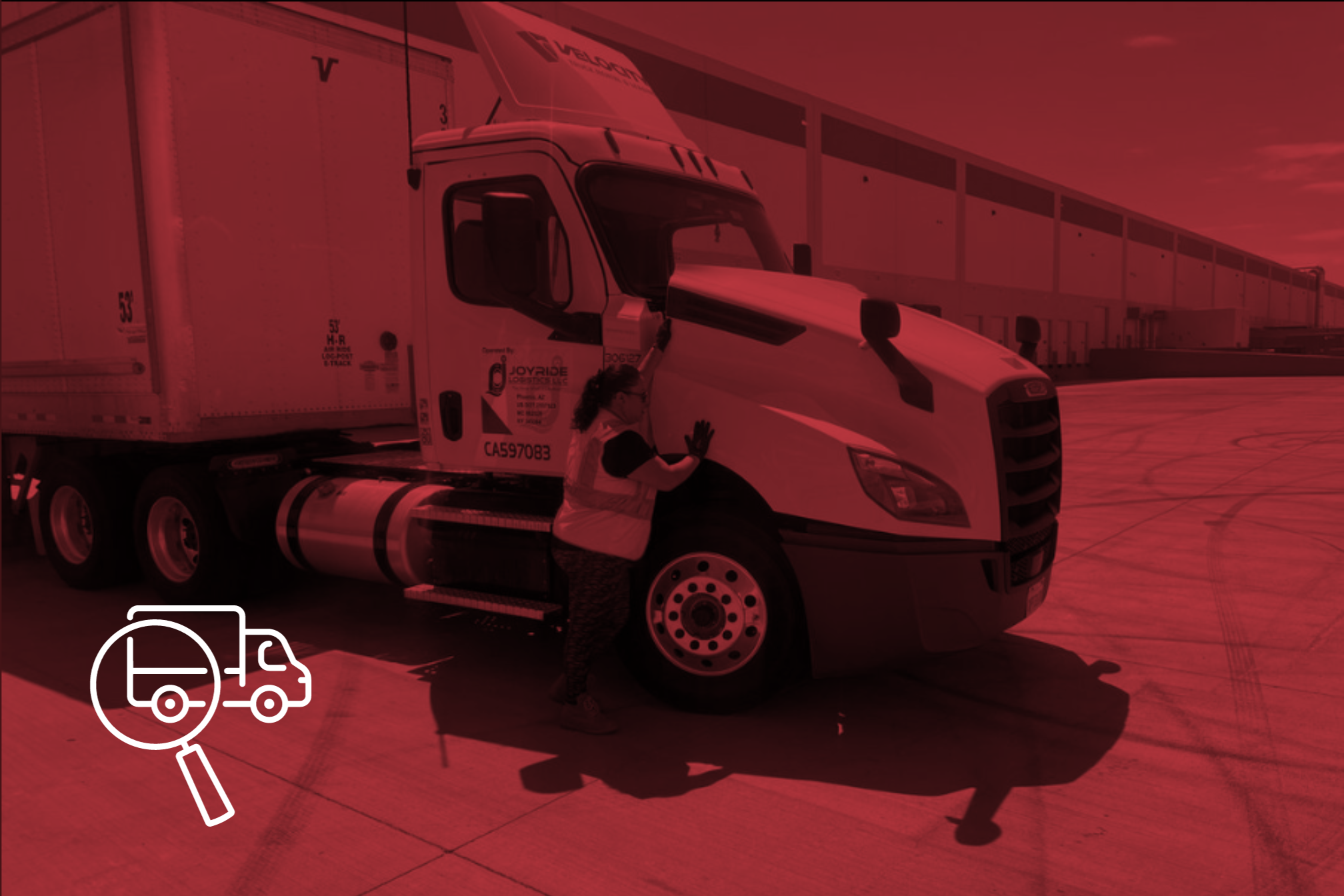As a driver, it’s crucial to grasp the advantages of performing pre-trip and post-trip inspections. When you thoroughly check your commercial truck before and after trips, you enhance awareness of potential issues, prevent delays, and contribute to overall safety.
Let’s delve into the significance of inspecting your vehicle both before embarking on a trip and upon returning from it.
Pre-Trip Inspection:
It is essential to inspect various areas of your commercial vehicle before starting your journey to ensure a trouble-free trip. Key areas to focus on include:
Service Brakes: Prioritize safety by checking the braking system to avert potential accidents stemming from malfunctioning brakes.
Tire Tread Depth: Given the higher mileage typical of commercial drivers, frequent checks of tire tread depth are crucial to identify wear and tear promptly. Emergency Equipment: As driving is not just a job but a lifestyle, ensure all necessary emergency tools are on board before each trip.
Trailer: Confirm that the trailer is securely fastened to avoid hazardous situations while on the road.
Benefits of Pre-Trip Inspection:
● Increases Awareness of Potential Issues: Thoroughly inspecting the vehicle helps identify potential problems early, potentially saving on repair costs and minimizing downtime.
● Ensures a Safe Trip: Prioritizing safety through pre-trip inspections reduces the risk of accidents, benefiting both the driver and passengers.
● Fulfills Legal Requirements: Many states mandate pre-trip inspections, ensuring compliance with safety regulations and avoiding legal complications.
● Helps Meet Delivery Deadlines: Timely pre-trip inspections contribute to on-time deliveries, crucial for a driver’s success in meeting project schedules.
Post-Trip Inspection:
Similar to clocking out of a 9-5 job, a post-trip inspection is necessary to ensure the safety of the next driver. Components to examine include:
Windshield and Wipers: Note any damage to the windshield or wipers caused by weather-related conditions.
Engine Fluid Amount: Check engine fluid levels to determine if any need topping off.
Emergency Equipment: Verify and document the emergency equipment used during the trip for the next driver’s awareness.
Tire Tread Depth: Document the tire tread depth for potential rotations or replacements.
Benefits of Post-Trip Inspection:
● Prevents Costly Delays: Identifying and addressing issues promptly after a trip prevents delays and potential disruptions to subsequent journeys.
● Provides an Accurate Report: Documenting any vehicle issues or damage post-trip helps in maintaining accurate records, crucial for liability purposes.
● More Eyes on the Truck: Involving two drivers in pre- and post-trip inspections adds an extra layer of vigilance, ensuring potential issues are caught early.
● Follows Consistent Process: Adhering to required inspection processes consistently contributes to overall road safety and compliance.
By understanding and practicing these benefits of pre-trip and post-trip inspections, drivers play a vital role in safeguarding themselves and fellow motorists on the road.






